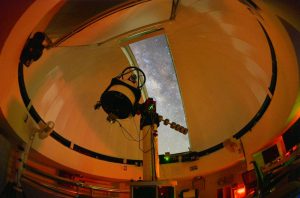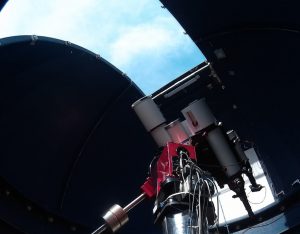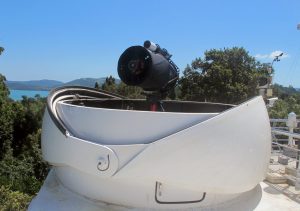1. SOLAR RADIO STATION AT SPACE TECHNOLOGY COMPLEX, BANTING
a) CALLISTO (Compound Astronomical Low frequency Low cost Instrument for Spectroscopy and Transportable Observatory)
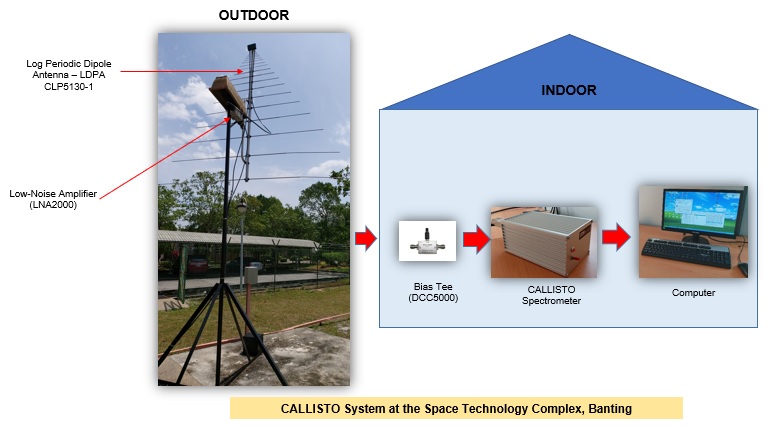
2. Optical Astronomy Observation Facility (Langkawi National Observatory – LNO)
The Langkawi National Observatory (LNO) was completed in 2006. The purpose of its development is to foster the country’s R&D capabilities in space science as well as to increase the interest of young people to pioneer new science and technology in the long run as well as to raise the spirit of unity always striving for excellence in astronomy.
Function of LNO
The main role of function of LNO is to equip the nation with a research grade facility for optical astronomical research in Malaysia. Researchers and students pursuing research in this area are invited to use the facilities.
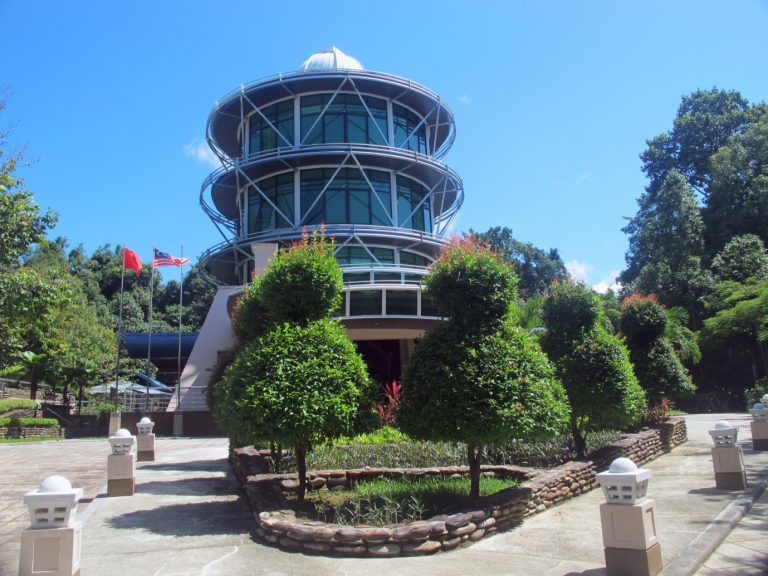
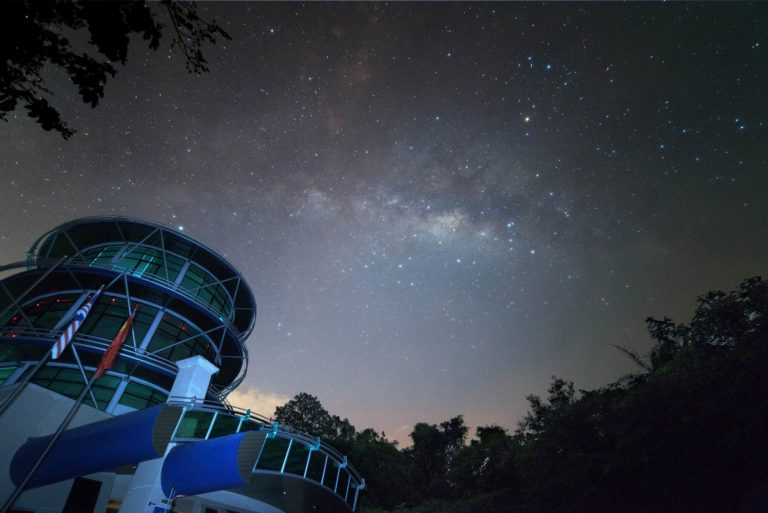
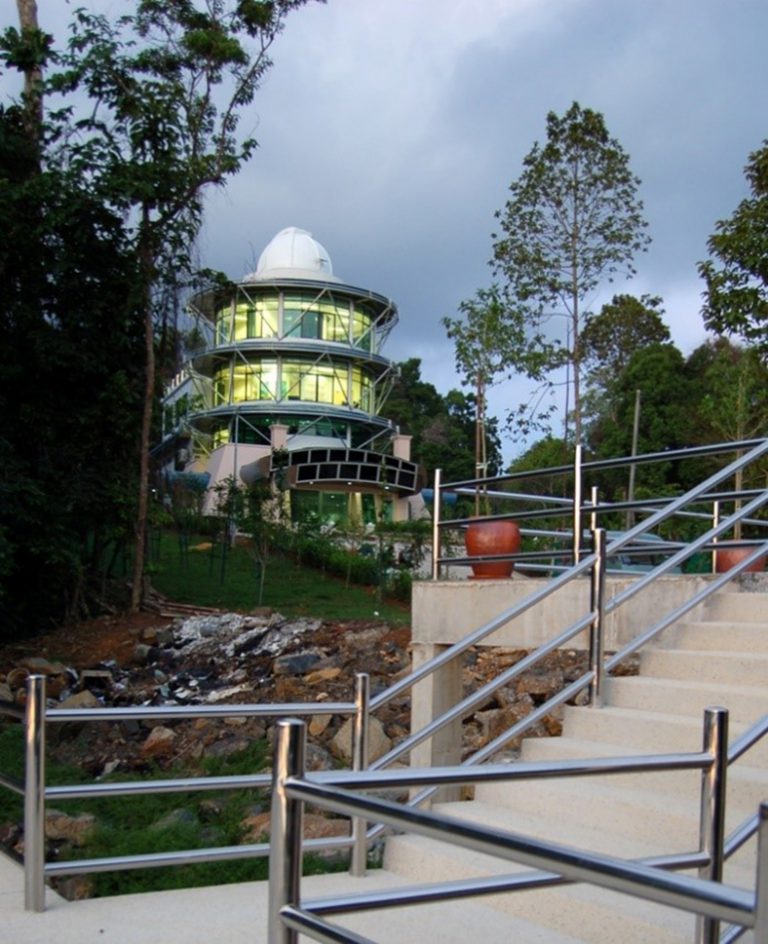
LNO Services
LNO offers research and development opportunities and services in the areas below:
LNO also offers education and awareness activities based on our schedule.
LNO’S INSTRUMENTATION
INSTRUMENTASI INSTRUMENT | OBJEK SAMAWI STELLAR | MATAHARI SOLAR | PENJEJAKKAN OBJEK JAUH NEAR EARTH OBJECT |
TELESCOPE TELESKOP | RCOS 20” |
|
|
KUBAH DOME | 5m ObservaDOME | Automa Dome 10ft DDW | Astrohaven 12ft Clamshell |
LEKAPAN MOUNT | Paramount ME | Paramount ME | Paramount ME2 |
KAMERA CAMERA |
|
| FLI ML4240 MB |
SPEKTOGRAF SPECTOGRAPH | SBIG SGS | – | SBIG SGS |
PENURAS FILTERS |
|
|
|
 Stellar Observatory
Stellar Observatory Solar Observatory
Solar Observatory Near Earth Object Observatoryastrono
Near Earth Object Observatoryastrono
